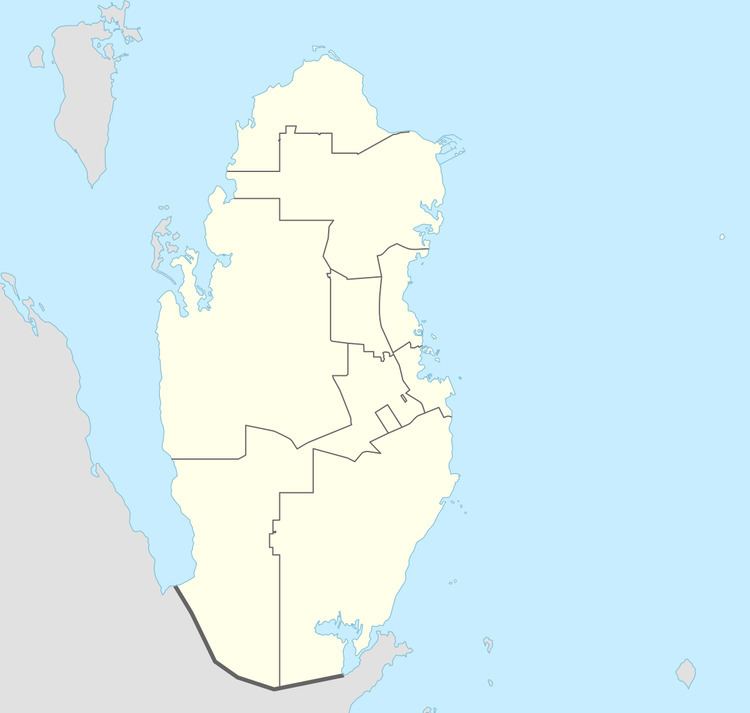Country Qatar Local time Saturday 1:39 AM | Municipality Al Khor | |
 | ||
Weather 22°C, Wind E at 24 km/h, 87% Humidity | ||
Ras laffan industrial city rlc documentary
Ras Laffan Industrial City is an industrial hub located 80 kilometres (50 mi) north of Doha, Qatar. It is administrated by Qatar Petroleum.
Contents
- Ras laffan industrial city rlc documentary
- Map of Ras Laffan Qatar
- History
- Companies
- Infrastructure
- Geography
- Transport
- References
Map of Ras Laffan, Qatar
Ras Laffan Industrial City is the Qatar's main site for production of liquefied natural gas and gas-to-liquid. It hosts among others ORYX GTL and Pearl GTL plants, Qatargas and RasGas LNG plants, the Dolphin gas processing plant, the Laffan Refinery, and Ras Laffan A, B, and C integrated water and power plants. With an enclosed water area of approximately 4,500 hectares Ras Laffan Port is the largest artificial harbour in the world and contains the world's largest LNG export facility.
History
In March 2011, Ras Laffan signed a memorandum of understanding with the Port of Rotterdam on the occasion of an official visit by Queen Beatrix to Qatar.
Companies
Infrastructure
Currently, Ras Laffan accommodates three power generation and water desalination plants, abbreviated as Ras Laffan A, B, and C (also known as Ras Qartas Energy Plant). In 2014, Kahramaa announced a planned project which would see the desalination capacity of the plants increase from 35 million gallons of water per day to 65 million gallons per day. The project is set to begin in 2017.
Geography
Ras Laffan is located at a very low elevation and has sandy soils. It is 50 miles (80 km) north of the capital Doha and 23 miles (37 km) southeast of Ras Rakan. There is a reef off the coast. Together with Fuwayrit, Ras Laffan accommodates approximately 30% of all sea turtle nests in Qatar.
Transport
Ras Laffan is connected with Al Khor City through Al Huwailah Link Road. In November 2014, the 16-km road was improved by increasing it from one lane to four lanes.
